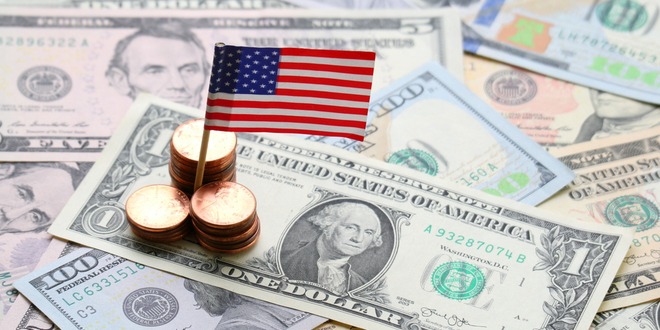The U.S. economy grew at a steady annualized rate of 2.8% in the third quarter, according to the Commerce Department’s second estimate released on Wednesday. The figure remains unchanged from the initial estimate, reflecting solid consumer spending and a favorable contribution from business investment.
Key Highlights
- GDP Growth: The third-quarter GDP growth rate of 2.8% remains well above the Federal Reserve’s estimated non-inflationary growth rate of 1.8%, though it marked a slight slowdown from the 3.0% pace recorded in Q2.
- Consumer Spending: The key driver of the economy, consumer spending, grew at a 3.5% annualized pace, slightly revised down from an earlier estimate of 3.7%. Despite the adjustment, consumer demand remains robust.
- Domestic Demand: Excluding government spending, trade, and inventories, domestic demand grew at an unrevised pace of 3.2%, building on the 2.7% growth seen in Q2.
- Business and Government Investment: Upward revisions to private inventory accumulation, business investment, and state and local government spending offset minor downward adjustments to consumer spending, exports, and federal government expenditures.
- Corporate Profits:
- National after-tax profits remained flat from Q2 but were up 9.6% compared to the same period last year.
- Non-financial firm profits surged by $30.8 billion, while financial firm profits declined by $2.6 billion.
- Profits from the rest of the world fell sharply by $38.3 billion, reflecting weaker global conditions.
- Gross Domestic Income (GDI): The economy grew at a 2.2% pace when measured from the income side, down from the previously reported 3.4% in Q2.
- Gross Domestic Output (GDO):
- The average of GDP and GDI, known as GDO, expanded at a 2.5% rate, maintaining the same pace as Q2 after a downward revision.
- This metric is increasingly viewed as a reliable indicator of overall economic activity.
Outlook and Implications
The robust performance in Q3 highlights the resilience of the U.S. economy, driven by strong consumer spending and steady investment. However, with GDP growth significantly outpacing the Fed’s non-inflationary benchmark, policymakers may face challenges balancing economic expansion with inflation control.
The unbalanced profit growth, especially the decline in global earnings, and a modest revision in consumer spending, underscore underlying risks such as international trade pressures and potential shifts in domestic demand.
While the Q3 results solidify optimism for year-end economic performance, ongoing concerns regarding inflation, labor market dynamics, and global economic trends will shape expectations for Q4 and beyond.
 Noor Trends News, Technical Analysis, Educational Tools and Recommendations
Noor Trends News, Technical Analysis, Educational Tools and Recommendations





